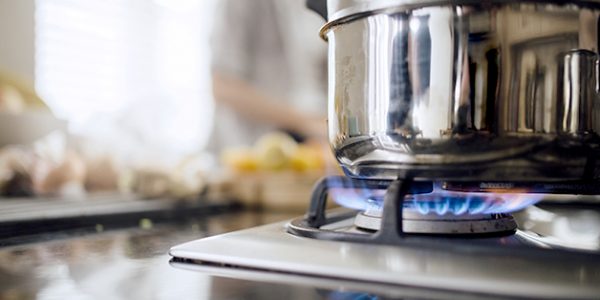Ask an Expert: how can I protect my family from burns at home?
Q: Is there a ground zero for burns in the house?
A: Without a doubt, it’s the kitchen. Most household burns happen here. The majority are minor blister burns but we also see serious scald burns from hot liquids and oils. These deep burns require skin grafts and a long, painful healing process.
The hot liquid scalds range from falling pots of boiling water to spilled cups of coffee or tea. The glass front of ovens is another dangerous area that can become very hot and potentially hurt curious children who might touch it or try to look inside. Beyond the kitchen, we often see burns originate in the bathroom from people getting into too-hot baths or showers without testing the water first.
Q: How can I be safer in my home?
A: We see many more women with household burns than men. Women often wear loose clothing—such as saris or scarves—that easily catch fire, increasing burn risk. It just takes a second for clothing to catch fire and spread up an arm or down a shirtfront resulting in severe, deep burns. I urge you not to wear loose, trailing clothes while cooking—or tie them back, especially if you have a gas cooktop and are frying food. Be careful to keep pots of boiling water out of reach of children, with handles pointing inward. This might mean using the back burners instead of the front ones to keep hot liquids less accessible to little ones. And always be cautious with hot drinks and test your bath or shower water before getting in.
Q: What should I do if a pan catches fire on the stove?
A: Turn off the source of heat, such as the burner or element. Quickly cover the pan with a metal lid to contain the hot oil and put out the flames. Don’t move the pan. Don’t try to carry it to the sink or try to throw water on it. This puts you at risk for burns from splashing hot oil.
Q: Should I worry about baseboard heaters and fireplaces?
A: We don’t see many burns from baseboard heaters. You should definitely be very cautious with children near gas fireplaces—they can be very hot. Generally speaking, wood fireplaces are less safe as they can spark and cause burns as well as start fires. Use excessive caution.
Q: What other activities in the home put people at risk?
A: A new injury we are seeing are burns from leg waxing. Again, it is women most at risk for this when they heat up wax in the microwave and apply it to bare legs without testing the temperature.
Another growing problem is drug-related burns. People are trying to cook marijuana oil and butter or even crack cocaine and crystal meth. They use butane or propane, both of which are highly flammable and can result in deep burns.
Sadly, we also get severe burn patients who don’t have the luxury of a home to go to. These people are trying to keep warm on the street, perhaps in a tent or makeshift shelter and are trying to stay warm with candles or open coil space heaters that catch fire.

Dr. Anthony Papp is the medical director of the BC Professional Firefighter’s Burn Unit and a research scientist at Vancouver Coastal Health Research Institute. He is also a clinical professor in the Faculty of Medicine at the University of British Columbia.


Jillian
To be more specific, it’s the glass doors on gas fireplaces that cause horrific burns on the hands of children. Years ago when I was at the Burn Unit in VGH I saw several toddlers with their hands wrapped up as they had touched the glass doors. Best not to have a gas fireplace on at all during a child’s waking hours.